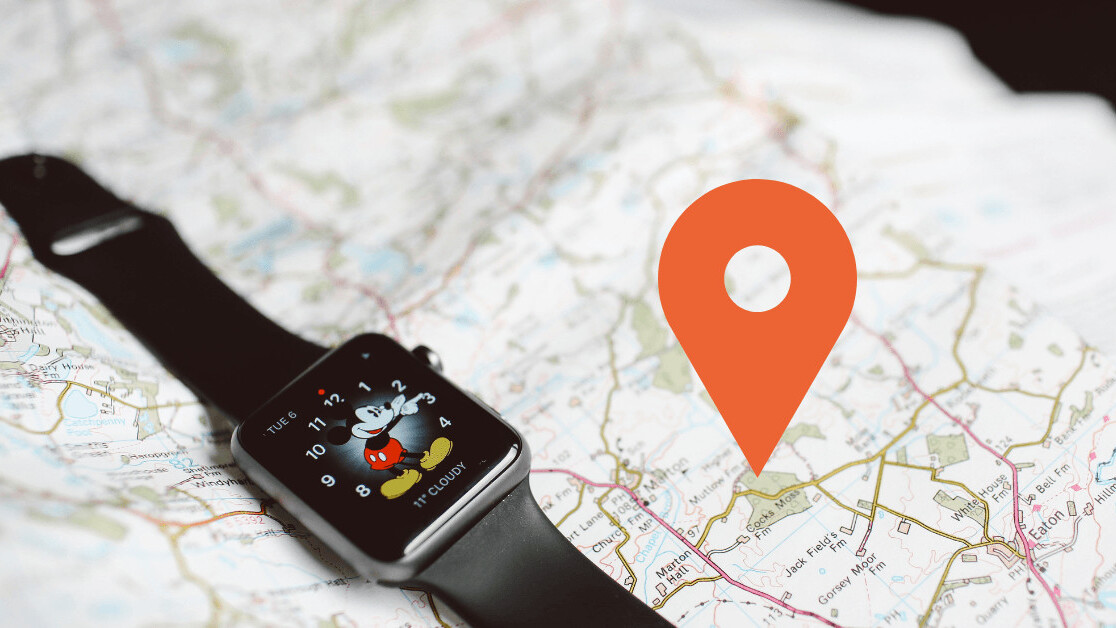
When sports analytics folks crunch the numbers behind professional athlete’s batting, pitching, throwing and dunking, they are looking at past performance to better predict future behavior.
Marketers and developers do the same for you and me but therein lies a problem (and a tremendous opportunity). Professional athletes are paid to do the same things well, repeatedly. You and I (assuming LeBron James is not reading) have interests, passions, hobbies, etc. that are ever-changing. Solely focusing on what we liked last month doesn’t predict 100 percent what we’ll be into today.
Connecting to the kinetic
While we wholly accept that data surrounding your personal buying or leisure pursuits can be great predictors of future behavior, people do indeed evolve. If you’ve shown an affinity for Hawaii, rock-climbing, Coldplay and maroon (not brown or red, but maroon) boots, Facebook and Google among others will pick that up and push it back at you.
But what if after 6 years of 6 straight Maui rock-climbing adventures you’ve grown tired of the whole deal. What if Coldplay and maroon boots feel a bit outdated, and you’re looking to move towards Alt-J and suede moccasins.
Unlike professional athletes, you and I (again, LeBron, stop reading) live in a completely opposite world. It’s highly “non-static,” kinetic if you will, which provides an ever-evolving set of challenges to the broader marketing/advertising sector.
They want their brands and offers to reach the very audiences that are most prone to purchase them. However, these same marketers/advertisers have relied traditionally on the sports analytics model, centered squarely on past performance to predict future behavior.
Lucky for them (and us ultimately, LeBron included), a new discipline – real-time, location-based marketing – is gaining momentum. Still very much in a nascent phase, but already showing promise, I liken it to Netflix, slowing emerging in a Blockbuster dominated market.
Location-based marketing relies on geo-targeting. This is real-time information, based on:
- Coordinates of where you are
- Combined with your past interests (purchases, etc)
- Combined with your behavior in said location earlier
- Combined with what’s currently available … NOW!
For example, …
It’s 8PM on a Friday and you’ve opted in on platform X to receive offers from “bars near me” because you’re always up for a cold one. Coordinates pick up that you’re passing Shamrocks Pub and Heineken hits you with a 10% off notification.
Take this a step further and with user preference data like “I drink beer on a terrace when the sun shines,” a location-based app can set a special price for that user when these conditions (sunshine) are met. Instead of “writing” the old-fashioned algorithm – “IF sunshine=enough THEN lower price,” the location-based app can now say:
“IF a condition is met that increases likelihood of beer sales THEN lower the price”.
What does this mean?
This means that over time media agencies and advertisers will count on significant location data. In addition to “I’m in a bar with a terrace, drinking a beer and the sun is shining,” on my way I walked my dog, passed by a trash bin and dumped the pooch’s poop before I hit the bar. From a GPDR perspective, culling this type of data is completely legal in that it is never sold to media agencies. Rather these are individuals activating on a platform in a completely open manner.
With enough data, trends emerge, such as going for a beer after walking the dog instead of coffee (= example). This means that walking the dog is an indicator for potential beer sales. By encouraging dog walking the beer brand sells more beer!
Currently media agencies focus on target groups but aren’t yet able to see the dog-walking —> beer link. They will when they fully experience the power of the here and now.
Get the TNW newsletter
Get the most important tech news in your inbox each week.





